Claims to equality and gender differences in parent-child relationships: the practice of normative orders
Project management: Prof. Dr. Dr. h. c. mult. Axel Honneth and Prof. Dr. Kai-Olaf Maiwald
Family relationships are prominent places where different types of norms come together. Even the bourgeois family type, which emerged in the course of the 19th century and could claim general validity until the middle of the 20th century, can be understood as a time-bound “bracket” for heterogeneous norms: Norms of the political order (rule, law), which establish a fundamental hierarchy between men and women; norms of a cultural “deep layer” of gender symbolism, which assign complementary characteristics and fields of activity to men and women; norms that refer to central characteristics of family relationships (intimacy, emotionality) and commit members to reciprocity, care and the emphasis on individuality.
However, the bourgeois family model has lost its claim to validity in many respects in recent decades. This applies in particular to gender differentiation in both the public and private spheres. The foundations for justifying the complementary division of labor between the sexes – in the form of traditionalisms, biologisms and specific interpretations of history – have been subjected to extensive criticism. Against the backdrop of the increasing participation of women in the workforce and the extensive institutionalization of the norm of female employment, recourse to actual gender relations could no longer function as a justification. This development was accompanied by a process of “democratization” of family relationships, which was expressed in the increasing importance of ideas of equality and distributive justice as normative points of reference for action. This development affects not only couple relationships, but also the relationship between parents and children. Not only is the style of interaction becoming increasingly egalitarian in the sense of a reduction in intra-family hierarchy, parents are also more oriented towards equal treatment of boys and girls and towards taking into account and promoting the child’s particular personality.
Despite these developments, it can be assumed that – at least within certain areas of the general and scientific public – a discourse on difference continues to be important, in which gender inequality is emphasized and understood as natural. Above all, however, as with the marital division of labor, there is a discrepancy between the normative guidelines and actual practice. Even children of explicitly egalitarian parents often exhibit personality traits that correspond to the old gender stereotypes.
The project investigated how gender norms are conceptualized by parents and established in everyday parenting with the child. It was assumed that parental actions are currently characterized by three normative orders: a) the orientation towards the equality of the sexes, b) the assumption of their difference, c) the orientation towards the individuality of the child.
For the empirical evaluation, gender (stereotypes) were not analyzed; instead, the focus was on differentiating concepts and interactions. In this way, the boundaries were taken into consideration and not so much the (historically ever-changing) content of gender images. The analysis had an exemplary, model-building orientation. The data basis was a video recording of a supervised playgroup of children aged 3-4 years and their mothers as well as semi-structured interviews with five of these mothers.
Interview analysis: All three patterns can be detected in the mothers’ statements with case-specific differences and thus appear to be unavoidable. Clear subliminal gender-differentiating patterns can also be identified in the mothers who have a pronounced orientation towards the idea of equality or individuality. What is remarkable is the simultaneity of the competing orientations in terms of content, which hardly gave rise to any problems of interpretation among the participants. Only in part could the normative patterns be placed in a hierarchy of the type “manifest (and therefore less action-relevant) orientations” vs. “latent (and therefore more action-relevant) orientations”. This raises the follow-up question of how the competing orientations are communicated in everyday parental practice.
Regarding the videography analysis: In early childhood, other norms (than gender norms) seem to be in the foreground. Although ambiguous gender-differentiating gestures can be recognized in the mother-child interactions, which are clarified to a certain extent by the accompanying language, the mother does not sanction violations of (typical) gender norms, but clearly sanctions other violations of norms (especially norms of fairness and politeness). Furthermore, it remains unclear whether the gender norm or, for example, the individuality norm was actually the topic in some interactions. Only the act of commenting by third parties clarifies the ambiguous practice with regard to the fact that the gender norm now becomes dominant. The previously latent gender norm is given manifest validity through the intersubjective reinterpretations.
The project’s most important research publications include: Maiwald, Kai-Olaf (2010): “Vom Schwinden der Väterlichkeit und ihrer bleibenden Bedeutung. Family sociological considerations”. In: Thomä, Dieter (ed.), Fatherlessness. The past and present of a fixed idea . Berlin: Suhrkamp, 251-268; Maiwald, Kai-Olaf (2012): Solidarity in couple relationships. A case reconstruction in: Dorothea Christa Krüger, Holger Herma and Anja Schierbaum (eds.): Familie(n) heute – Entwicklungen, Kontroversen, Prognosen, Weinheim und München: Juventa, 324-342 and Honneth, Axel (2011): The right to freedom. Outline of a democratic morality . Berlin: Suhrkamp.

